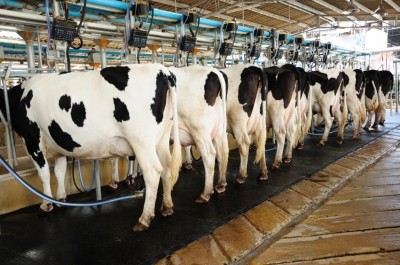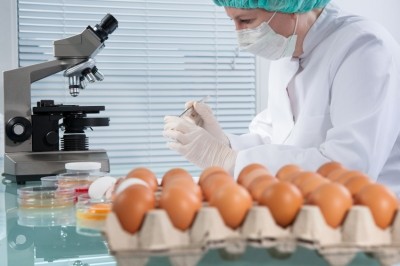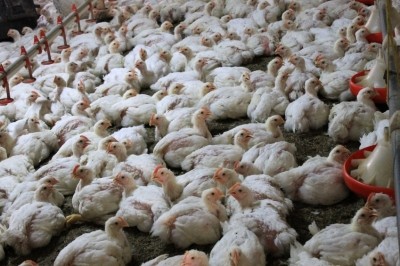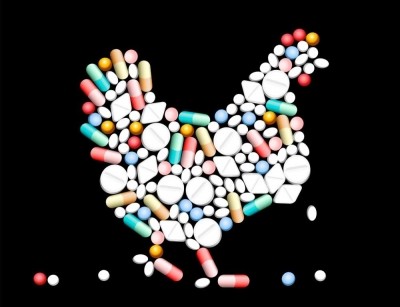Scientists forecast massive hike in antibiotic use in livestock globally and call for legislative response
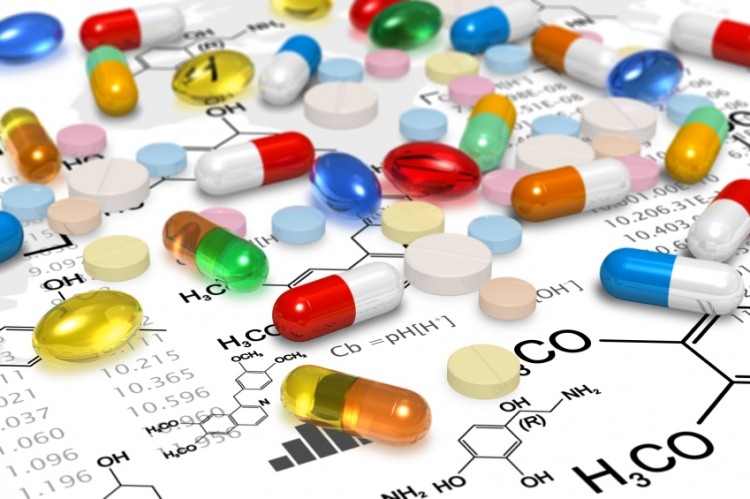
The team of international researchers, headed up by Thomas Van Boeckel, from the Department of Ecology and Evolutionary Biology at Princeton University, writing in the Proceedings of the National Academy of Sciences (PNAS) said:
“Expert opinion suggests that global consumption of antimicrobials in animals is twice that of humans. However, the underlying data from the veterinary sector supporting these claims are weak and lack standardization. Without reliable evidence to estimate global antimicrobial consumption in livestock, the links between antimicrobial consumption and resistance patterns are poorly quantified, and efforts and policies to optimize antibiotic use in animals are poorly targeted.
We present the first global map (228 countries) of antibiotic consumption in livestock and conservatively estimate the total consumption in 2010 at 63,151 tons. We project that antimicrobial consumption will rise by 67% by 2030.
Our findings call for initiatives to preserve antibiotic effectiveness while simultaneously ensuring food security in low- and lower-middle-income countries.”
Statistical models
The researchers said they used Bayesian statistical models combining maps of livestock densities, economic projections of demand for meat products, and current estimates of antimicrobial usage in high-income countries to quantitatively measure global antimicrobial consumption by livestock.
The team had to extrapolate levels in middle- and low-income countries from the data in intensive production systems in high-income countries.
“Data on antimicrobial use in livestock are scarce, stemming from both the lack of publicly funded surveillance systems and the reluctance of food animal producers, animal feed producers, and veterinary pharmaceutical companies to provide comprehensive reports of antimicrobial consumption or sales,” said the team.
They estimated that the global average annual use of antimicrobials per kilogram of animal produced was 45 mg per kg, 148 mg per kg, and 172 mg per kg for cattle, chicken, and pigs, respectively.
However, the contribution of aquaculture to antimicrobial consumption was not looked at.
Urgent and concerted action called for
The authors have called for urgent and concerted action in all countries to limit the overuse and abuse of antimicrobials in food animal production.
These actions, they added, should include implementation of a publicly funded international surveillance network of antimicrobial consumption in food animals in countries undergoing rapid intensification in the livestock sector, along with collaboration with drug manufacturers and animal feed producers to cross-validate estimates of consumption with sales data.
The research team also urges legislators to implement “an international agenda to harmonize regulatory frameworks among countries, and the ultimate phasing out of antimicrobial use for growth promotion, based on the successful experience in the EU and the new biological and economic evidence challenging the purported benefits of antimicrobial use in food animal production.”
They predict that up to a third of the increase in utilization in livestock rearing between 2010 and 2030 will be linked to shifting production practices in middle income countries where extensive farming systems will be replaced by large-scale intensive farming operations that routinely use antimicrobials in sub-therapeutic doses.
“For Brazil, Russia, India, China, and South Africa [BRICS], the increase in antimicrobial consumption will be 99%, up to seven times the projected population growth in this group of countries,” they said.
Predictions on consumption
By 2030, the team puts antimicrobial usage in Asia at 51,851 tons, representing 82% of the current global antimicrobial consumption in food animals in 2010.
The team forecasts that by 2020 antimicrobial consumption in chicken and pigs in that continent is expected to grow by 129% and 124%, respectively.
In 2010, they found the five countries with the largest shares of global antimicrobial use in food animal production were China (23%), followed by the US (13%), Brazil (9%), India (3%), and then Germany (3%).
By 2030, the team projects this ranking will change to the following: China (30%), the US (10%), Brazil (8%), India (4%), and Mexico (2%).
And, among the 50 countries with the largest amounts of antimicrobials used in livestock in 2010, the five countries with the greatest projected percentage increases in antimicrobial consumption by 2030 are likely to be Myanmar (205%), Indonesia (202%), Nigeria (163%), Peru (160%), and Vietnam (157%), forecast the scientists.
Better understanding of the consequences of the uninhibited growth in veterinary antimicrobial use is needed to assess its potential effects on animal and human health, added the authors.
Antimicrobial resistance
They said linking antimicrobial use in animals to drug-resistant infections in humans is inherently complex owing to the ecological nature of the selection pressure for drug-resistant pathogens as well as the existence of indirect routes of transmission through the environment.
But the team cited research (Chantziaras et al 2014) that took place in seven European countries - Norway, Sweden, Denmark, Austria, Switzerland, The Netherlands, and Belgium - which they said showed a strong correlation between consumption levels for eight classes of antimicrobials and the prevalence of antimicrobial resistance (AMR) commensal E. coli in pigs, poultry, and cattle.
“Several works additionally suggested that repeated exposure to low doses of antimicrobial agents – the context in which growth-promoting antimicrobials and prophylactic are administered – creates ideal conditions for the emergence and spread of ARBs in animals,” said the US, Belgium, Sweden and India based experts.
The scientists said multi-resistant ARBs have been isolated in food animals in BRICS countries and throughout the developing world and yet, in those markets, the use of antimicrobials for growth promotion remains largely unregulated.
Widespread resistance may be more consequential for India than for other countries because India’s bacterial disease burden is among the highest in the world, and therefore antimicrobials play a critical role in limiting morbidity and mortality, said the authors.
“Currently, India has no regulatory provisions for the use of antimicrobials in cattle, chicken, and pigs raised for domestic consumption, nor do the majority of middle income countries for which substantial growth in antimicrobial consumption over the next 15 years is predicted,” said the researchers.
The data collection in the study was supported by the Organization for Economic Co-operation and Development (OECD).
Source: Proceedings of the National Academy of Sciences of the United States of America (PNAS)
Published online before print - doi: 10.1073/pnas.1503141112 PNAS March 19, 2015
Title: Global trends in antimicrobial use in food animals
Authors: T P Van Boeckel, C Brower, M Gilbert, B T Grenfell, S A Levin, T P Robinson, A Teillant and R Laxminarayan
